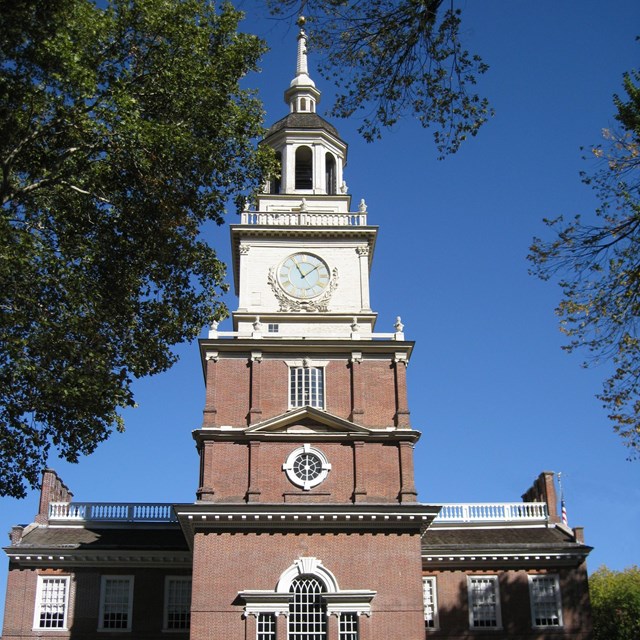Last updated: January 23, 2025
Article
American Independence (Teaching with Historic Places)
Teaching with Historic Places (TwHP) uses historic places in National Parks and in the National Park Service's National Register of Historic Places to enliven history, social studies, geography, civics, and other subjects. TwHP has created a variety of products and activities that help teachers bring historic places into the classroom.
Here you’ll find place-based educational resources relating to American Independence. Discover more resources at the Teaching with Historic Places homepage.
Featured Lessons
-
 The Battle of Oriskany
The Battle of OriskanyLearn how New York's Mohawk Valley became the setting for a fierce Revolutionary War battle that pitted residents of the area.
-
 Guilford Courthouse
Guilford CourthouseLearn about Independence Hall and about how the influence of the Declaration of Independence led to the designation of the building.
-
 Saratoga: The Tide Turns on the Frontier
Saratoga: The Tide Turns on the FrontierLearn about 18th-century warfare and the battle that was a turning point of the American Revolution.
